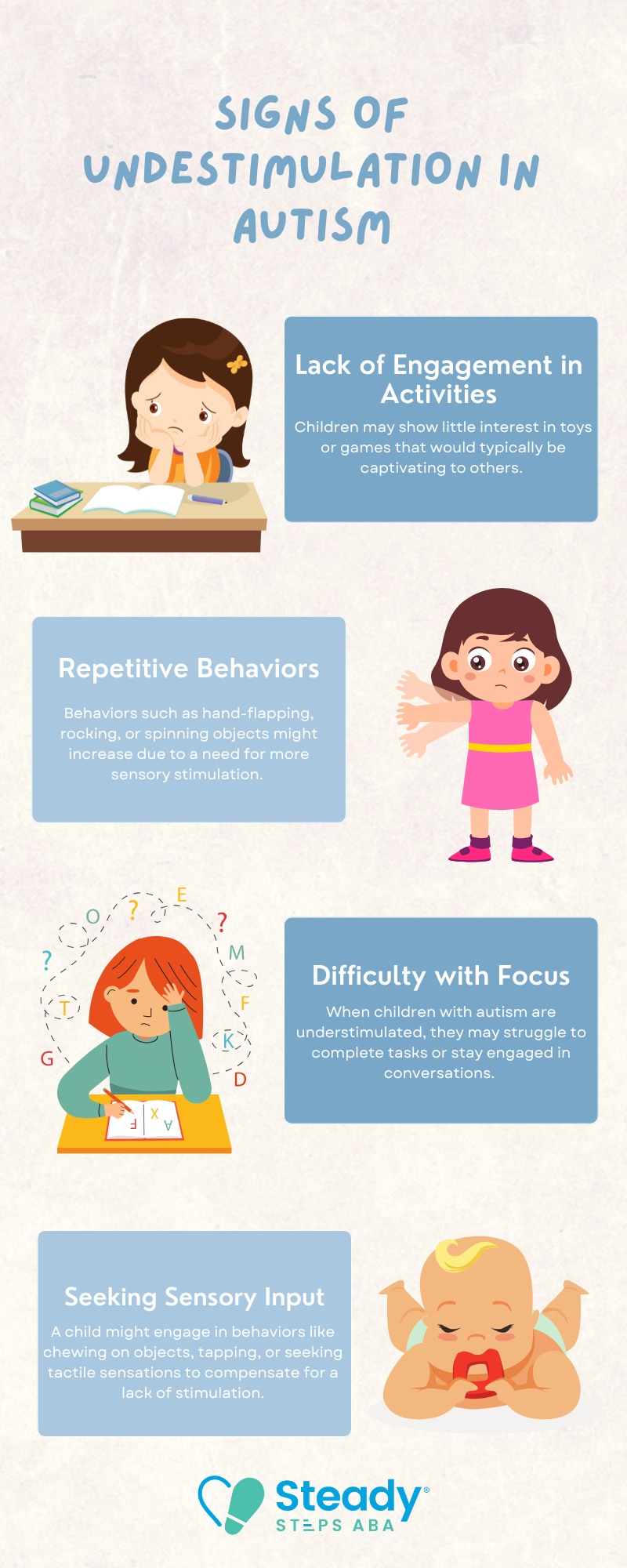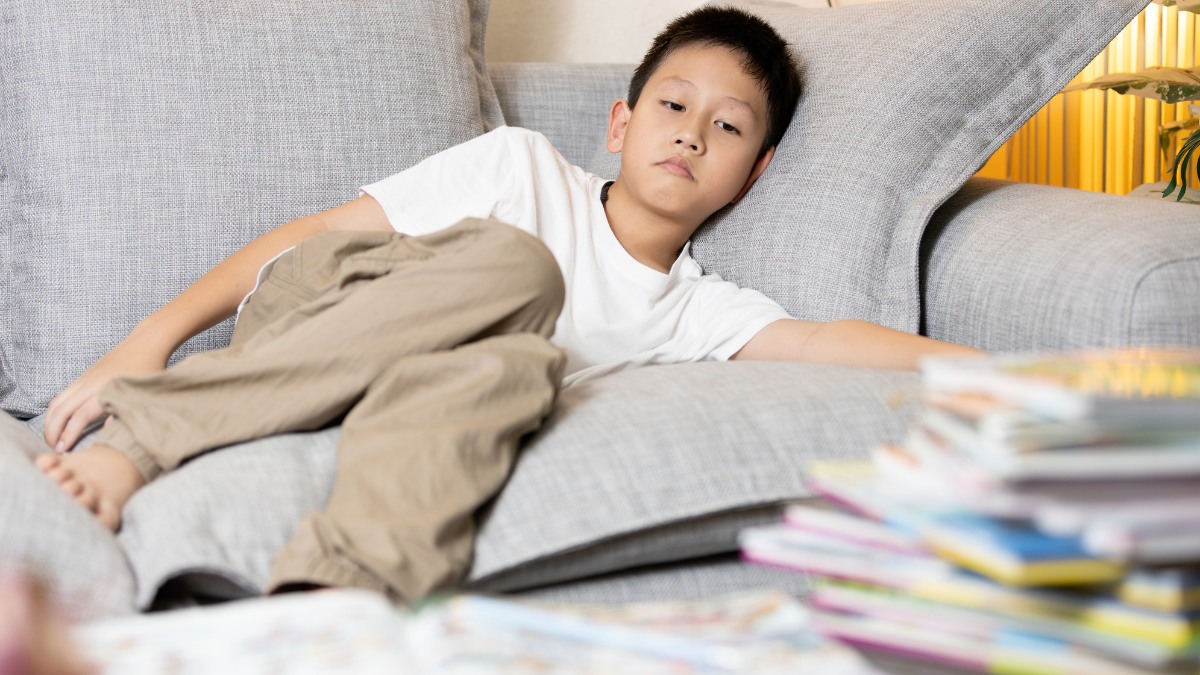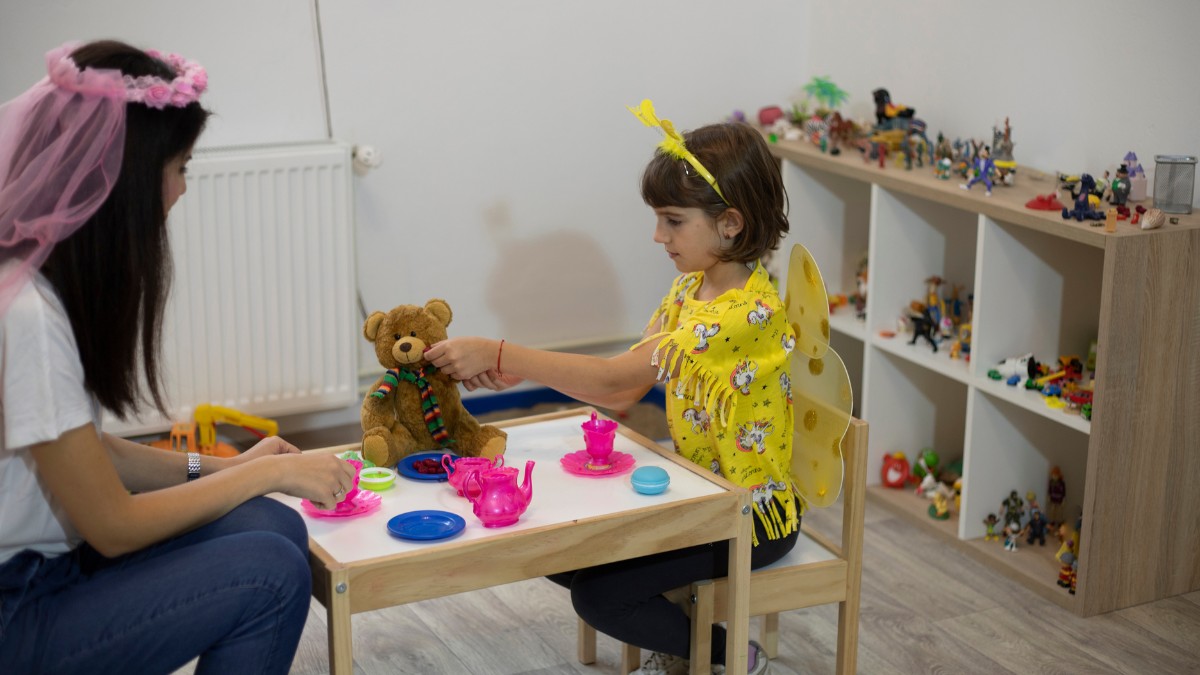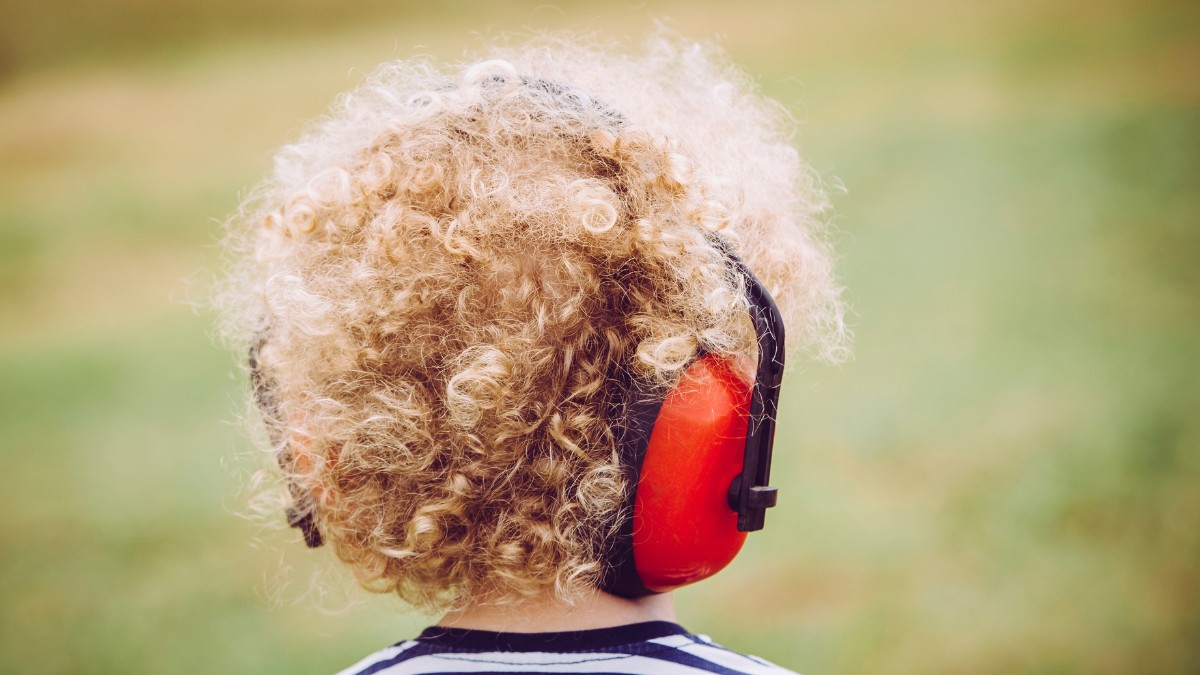Key Points:
- Understimulation is a common concern for children with autism, leading to frustration, repetitive behaviors, and difficulty focusing.
- Understanding the signs of autism and understimulation can help parents and caregivers intervene early.
- Tailored interventions, such as structured r
Autism spectrum disorder (ASD) affects each child in unique ways. However, one common factor in many children with autism is a need for sensory input that is often different from their neurotypical peers. Autism and understimulation are closely connected, as many children with autism may experience an underactive sensory system or need more stimulation to feel engaged and focused.
Understimulation occurs when children do not receive enough sensory input to keep their minds and bodies engaged. For children with autism, this can manifest in various ways, such as restlessness, repetitive behaviors, and difficulty with attention. They may struggle to stay focused on tasks or become easily frustrated by their lack of engagement with their environment.
Understanding this connection between autism and understimulation is essential because it helps parents and caregivers identify the signs early and address the issue before it leads to more severe behavioral challenges.
Understimulation in Children with Autism
Understimulation in children with autism can be subtle, but it often leads to noticeable behavioral signs. These signs can range from simple distractions to more significant challenges like meltdowns or self-soothing behaviors. By recognizing these symptoms, parents and caregivers can intervene appropriately to help keep children engaged and regulated.
One of the most common signs of understimulation is a lack of focus. Children may seem disinterested in activities or find it difficult to engage with others. They may wander from one task to another or become fixated on a repetitive behavior. In other cases, a child may seek out additional sensory input, such as tapping objects, rubbing their hands, or moving their body in repetitive patterns.
While these behaviors can sometimes be misinterpreted as misbehavior, they often stem from an underlying need for stimulation. It’s important to address the root cause—understimulation—instead of simply trying to curb the behavior.
Here are some signs of understimulation in autism:

Why Does Understimulation Happen in Autism
The sensory processing challenges associated with autism often contribute to understimulation. Children with autism may have difficulty processing sensory input at the same level or in the same way as other children. As a result, they might need more or different types of stimulation to feel engaged or focused. In some cases, children may be understimulated because their environment doesn’t provide the right kind of sensory experiences to keep their brains active.
Additionally, many children with autism have difficulty transitioning from one activity to another, leading to periods of inactivity. If they aren’t given enough opportunities for engagement, they might feel understimulated and seek out behaviors that provide sensory input.
Another factor that contributes to understimulation is the lack of structure in daily routines. A predictable and structured environment can help children with autism feel more in control, and when routines aren’t in place, children may become disengaged or bored.
Here are some factors that contribute to understimulation in autism:
1. Sensory Processing Differences
Children with autism may not process sensory information in a typical way, leading to under or overstimulation. This can result in heightened sensitivity or a lack of awareness of sensory inputs like sound, light, or texture.
2. Lack of Structured Routines
An unstructured environment can lead to boredom or a lack of engagement. Without clear routines, children may feel anxious or unsure about what to expect next, affecting their emotional regulation and focus.
3. Environmental Factors
A lack of engaging stimuli in a child’s environment can contribute to understimulation, especially if the child is not provided with sensory-rich activities. This can cause restlessness or difficulty staying engaged in tasks or social interactions.
How to Address Understimulation in Children with Autism
The key to addressing autism and understimulation lies in creating a sensory-rich environment that provides both predictable structure and engaging activities. There are various strategies that parents and caregivers can use to help children with autism stay engaged, focused, and calm.
Children with autism thrive on predictability, and routines provide a sense of security and structure that can help reduce feelings of boredom. Incorporating sensory activities into daily routines can also address the need for stimulation. Sensory-rich activities—such as playing with kinetic sand, water, or textured objects—can provide the necessary input to keep the child engaged.
Here are some effective strategies to address undestimulation:
1. Incorporate Sensory Activities
Activities like using kinetic sand, textured toys, or sensory bins can provide the stimulation needed for focus and engagement.
2. Create a Structured Routine
Establishing predictable schedules for activities, meals, and sleep can help children feel more secure and engaged.
3. Use Visual Aids and Supports
Visual schedules, social stories, and other visual supports can help children understand what’s coming next and reduce feelings of uncertainty or boredom.
4. Engage in Interactive Play
Activities that require communication and reciprocal play—such as cooperative games or role-playing—can encourage social engagement and reduce understimulation.
Get the Support You Need with ABA Therapy
Applied Behavior Analysis (ABA) therapy is a widely used and effective approach for addressing a variety of challenges faced by children with autism. ABA therapy focuses on understanding and modifying behaviors, and it includes techniques that can specifically address issues related to understimulation. By incorporating structured activities and sensory interventions, ABA therapists can help children with autism stay engaged and develop important life skills.
Through ABA therapy, children can learn to engage in more appropriate and functional ways, reducing the negative impact of understimulation. ABA therapists can design individualized programs that include sensory activities, help children build communication skills, and teach self-regulation techniques. Additionally, therapists work with families to create routines that are both structured and flexible, ensuring that children are supported in all aspects of their daily lives.
Here are the key ways ABA Therapy helps with understimulation:
1. Personalized Sensory Interventions
ABA therapists can incorporate specific sensory activities tailored to the child’s preferences and needs.
2. Structured Routines
ABA therapy can help parents and caregivers create consistent routines that reduce the likelihood of understimulation and promote engagement.
3. Skill-Building Activities
ABA therapists can design activities that engage children’s cognitive, motor, and social skills, reducing boredom and increasing stimulation. To further enrich these activities, our article “Exploring the Link Between Swinging and Autism“ delves into how specific movements, like swinging, can play a role in enhancing sensory processing and emotional regulation.
Empower Your Child with ABA Therapy
If your child is experiencing challenges related to autism and understimulation, it’s important to seek out tailored interventions that address their unique sensory needs. At Steady Steps ABA, we specialize in providing ABA therapy in Maryland to help children on the autism spectrum thrive. Our individualized programs are designed to support children in developing essential skills, managing sensory needs, and enhancing emotional regulation.
Through our personalized ABA therapy sessions, we can help your child stay engaged, develop positive behaviors, and overcome the challenges associated with understimulation. Contact us today to learn more about how we can help your child build the skills they need to succeed.






